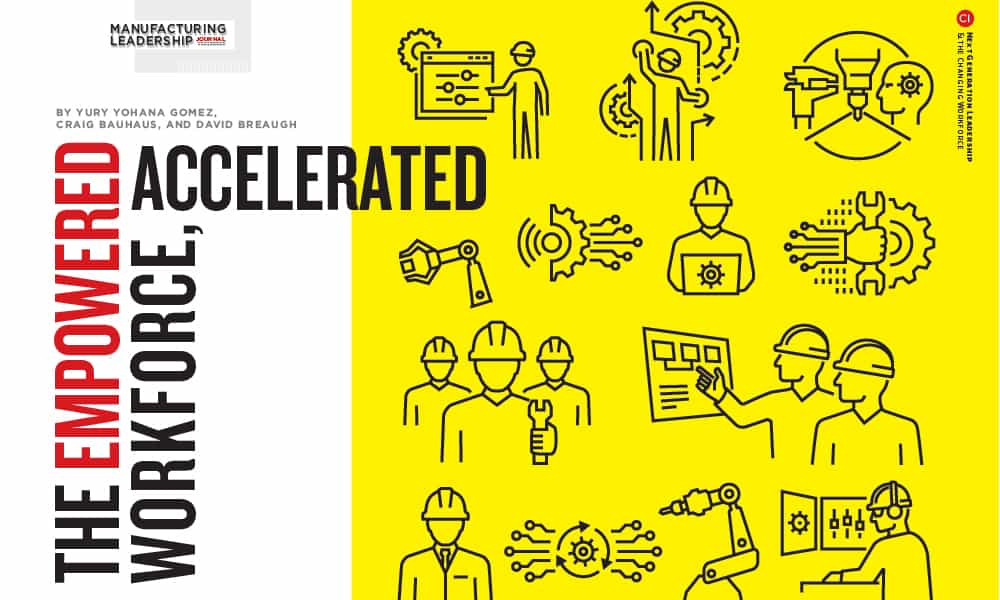
Improved experiences are key to employee retention and engagement, but manufacturers must prioritize deploying new digital tools.

For decades, manufacturing workers on the front lines have been isolated from most of the transformation strategies undertaken by their employers. The typical performance objectives are focused on optimizing operations, lowering manufacturing costs, and driving continuous process improvements. The untapped potential inherent in people who run these operations has proven to be a key foundation for delivering more consistent performance, agile operations, and improved financial results. According to a WEF 2020 report, failing to meet the skills demands of the new technological era can put at risk $11.5 trillion of potential GDP growth over the next decade1.
Some of the most critical challenges manufacturers are facing today as it relates to the frontline worker include: a disconnected and disengaged workforce, tribal knowledge lost resulting in generational gaps, and millions of unfilled manufacturing jobs due to unskilled workers. All these challenges are typically invisible to senior leaders as metrics are not often put in place to measure the impact of such lost value. Most times, productivity metrics are focused on machine health and not necessarily on user error or lack of training. Hence, there is immense opportunity in unlocking new sources of value by defining the current baseline value of frontline worker operations and reimagining new value metrics in a digitally enabled workforce.
Industry 4.0 digital technology is revolutionizing new ways of working for frontline workers and opening new creative ways to add value in operations while empowering workers to achieve more. A radical shift is being introduced with innovative digital solutions to enable workers to focus on value-added activities instead of repetitive tasks in dark, dirty, and sometimes dangerous working conditions. Examples such as predictive maintenance, cognitive quality inspection, operational simulation, and AI power health & safety have proven to improve employee engagement while lowering operations costs compared to reacting to single problems in an isolated manner.
Technology companies can collaborate with manufacturing industries to envision new innovative ways of working for the frontline workforce with cutting edge and best-in-class digital solutions while enabling these organizations to stay on the forefront of these changing trends. Digital capabilities are creating a new generation of empowered, productive, and intelligent frontline workforce. The future strategic vision for the manufacturing workforce should be focused on connecting frontline workers, delivering next generation knowledge and learning management, as well as strengthening health, safety and compliance solutions.
Achieving Collaboration Across the Organization
The ongoing COVID-19 pandemic has accelerated the need for a new manufacturing operating model and made it clear that frontline workers want to be more engaged digitally. They need collaboration tools that allow them to stay connected and to return to work locations safely. While many jobs can be done remotely, most frontline worker jobs must still be done physically at the manufacturing facility. When the pandemic hit, manufacturers across all industries were hit flat footed in either collapsing operational capacity or trying to respond to dramatic increases in demand. Subsequently, market fluctuations accelerated the need for digital transformation efforts across multiple industries.
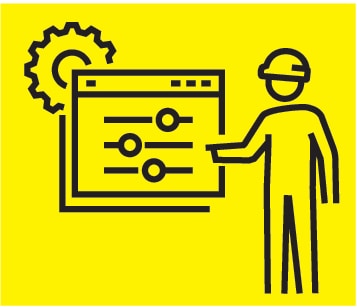
“Most times, productivity metrics are focused on machine health and not necessarily on user error or lack of training.”
One such area of digital transformation was around communication and collaboration tools. Manufacturing companies have been forced to rapidly deploy digital communication technologies across multi-functional teams to remain operational.
Nevertheless, while many companies are now enabling digital communication solutions for their office workers and boardroom, the frontline workers are just coming up to speed. Manufacturers are now recognizing the immense opportunity to empower frontline workers with the right devices and solutions to make their jobs more effective while driving engagement and productivity. These communication tools are enabling new ways of working—from connecting the manufacturing workforce to digitizing business processes, to streamlining onboarding and skilling the workforce. Key security considerations when thinking about the right solutions should include the ability to meet data privacy, cybersecurity, and protection against intellectual property theft.
Beyond security is the employee experience benefit. Manufacturers should prioritize solutions that connect employees from the top floor to the shop floor. For example, digital communication platforms that can curate company-wide content, conversations, relevant news and other resources in an integrated one-stop employee focused platform add tremendous value to the employee experience.
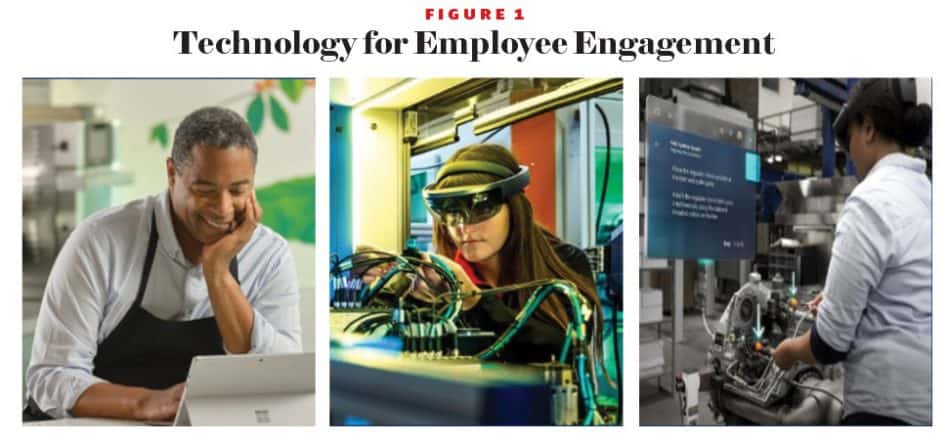
Achieve more collaboration and break down silos with communications technologies and connected employee experience platforms.
Unleash your workforce creativily with simplification and automation of processes using robotic process automation and low code/no code digitized workflows.
Perform remote field service for manufacturing equipment, conduct remote site visits, and eliminate travel cost with mixed reality remote assistance operations.
Reskill, upskill and attract workers with continuous augmented learning platforms to unlock the next genertion operating model.
Unlock higher levels of worker productivity and achieve safe onboarding experiences with immersive training using mixed reality and augmented reality.
Anticipate and respond effectively to worker’s health, safety and wellness needs with digital dashboards and safety monitoring digital tools.
Simplifying and Automating Complex Processes
Eliminating paperwork and transitioning fully to paperless operations is the goal for many manufacturers and a clear important step toward digitalization and building smart factories. Some of the most evident challenges with paper-based (or even worse grease board) processes are that these processes are highly manual, leading to inefficiency, inaccuracy, and high operating costs. Paper-based documentation, for example, often leads to deviations that impact quality metrics, result in hidden factory losses and delayed delivery of products to market.
To make it worse, in regulated industries such as pharmaceuticals, quality defects need to be fully investigated. The operational impact is drastic from days to weeks wasted in conducting investigations to weeks and months of delayed product launch to market, not accounting for the perils of potential recalls if the investigation leads to patient impact.
Solutions that can empower operators and frontline workers, regardless of experience level, are being deployed to upgrade and automate traditional operational processes step by step. No-code/low-code platforms and solutions such as Robotic Process Automation (RPA) can connect digital workflows and assist manufacturing companies to tap into tribal knowledge and empower others to achieve consistency and agility. These solutions have proven value in enabling operators go from an idea to production in just minutes. Expert operators can now drag and drop work practices to their peers without a single line of code. The journey is fast, intuitive and powerful.
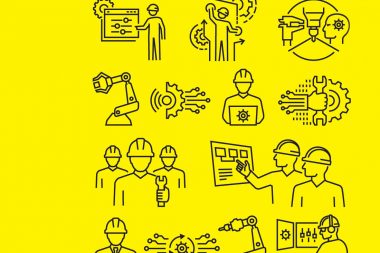
The untapped potential inherent in people who run operations has proven to be key for delivering more consistent performance, agile operations, and improved financial reults.
The economic value empowers step-change improvements vs. what has been a game of year-to-year incremental efforts. This is a clear transformation in faster time-to-value for more consistent and reliable realization of product quality, uptime, and service levels for manufacturing companies to serve their customers and realize competitive differentiation. Most importantly, this approach unleashes employee creativity and innovation through collaboration and higher focus on value-added work.
Conducting Real Time Remote Assistance Across Borders
For many years and sometimes decades, manufacturers have relied on continuous improvement programs to identify and deliver incremental improvements based on current operating processes. Too often, these efforts were locally led and relied on the impressive contributions of a few individuals at each facility. The gains delivered relied on the heroics of specific individuals and were not easy to share or scale to other similar facilities.
When the pandemic hit, manufacturers were forced to accelerate their learning journey and determine how to enable continuous improvement efforts remotely. The initial challenge was to figure out how to get employees back to work safely when they were not allowed to visit physical sites. They quickly realized the need to deploy digital capabilities, partnerships and technology solutions to help them innovate quickly to address their specific challenges.
One area that has gained ground is mixed and augmented reality to empower work teams across geographies and in the absence of travel options. These solutions – enabled by technologies such as smart glasses and guided communication platforms – can enable remote site visits, service and repair for manufacturing equipment and operating processes.
Delivering Flawless Training and Onboarding Experiences
Mixed and augmented reality is unleashing workforce creativity and creating new innovations that manufacturers have only dreamed about. Fast and effective workforce onboarding is possible with mixed reality by its ability to ease the transition from theoretical training to practitioner line know-how. Mixed reality training platforms use a combination of 360-degree pictures of workstations and videos, creating an immersive learning platform to teach new workers what to do right the first time.
Mixed and augmented reality provides manufacturers a modern approach to leveraging technology to empower employees with innovative tools to build confidence and become more effective in their daily work. Leading manufacturers are bringing their standard production systems to life using sophisticated features to guide the employee where the work actually happens and where value is delivered. Frontline workers are empowered with critical information at their fingertips to achieve higher levels of productivity while being able to take on new challenges.
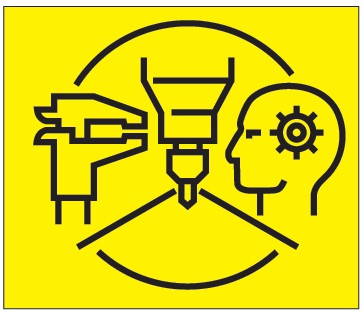
“Paper-based processes often lead to deviations that impact quality metrics, result in hidden factory losses, and delay delivery of products to market.”
New Paths to Learning and Knowledge Management
The durable shifts of COVID-19 will remain and force manufacturers to upskill today’s workforce in new and different ways. There is increasing lack of critical knowledge and skill among workers today evidenced by the millions of job openings across different manufacturing industries. Applying practical knowledge during onboarding and through individual training is one of the proven ways to retain knowledge, reskill existing workers and attract workers of the future.
While the ROI from traditional training programs remains suspect, leading manufacturers have seen step change improvements in coverage, capability uplift and time-to-productivity for both existing workers and new hires through personalized experiences. Effective training no longer takes place in a classroom or over recordings, rather a more contemporary approach combines the communication of explicit knowledge with feedback on the tactic knowledge that is learned from learning the job. For manufacturers to transcend their limitations, they need to be empowered with better solutions.
Digital learning platforms that connect internal learning systems with-on demand reinforcement from diverse external sources are enabling manufacturers to create better employee learning and training experiences. Manufacturers can now offer employees personalized learning with specific and sometimes external knowledge to enable manufacturers to unlock new sources of creativity, engagement, and value for their organizations. While the subtle benefits of enhanced employee engagement are hard to quantify, they are the foundation for shaping the cultural transformation to move beyond continuous improvement to next-generation operating models.
Health, Safety, and Wellness
Worker health and safety faced a new set of challenges as a result of COVID-19. In times where strengthening manufacturing operations is critically important, this lesson should not be underestimated. Workers more than ever before need to ensure their employers that they are provided the right level of safety, health and wellness they deserve. Human behavior and environment monitoring are critical to ensure safety compliance. Companies need to ensure that workers are always using PPE correctly while staying away from unsafe operations, and they must ensure best-in-class emergency response mechanisms.
Digitally-enabled solutions to track safety compliance have always been mandatory in the safety and compliance arena. IoT-connected devices that track worker operations can offer safety instructions in critical safety instances and avoid dire consequences. IoT-powered safety tracking and compliance solutions gave manufacturers a better way to monitor work conditions and employee health and improve emergency response through real-time data analysis.
Additionally, as manufacturers contemplate their decisions for safe return to work, it is critical that digital tools with the ability to provide real-time information and insights to prepare, anticipate and respond effectively to worker’s needs be considered a priority. Part of a safe return to work is the use of real-time dashboards and communication platforms to communicate securely and on time with employees, and to quickly adapt to changing needs.
Thinking Forward
Skilling, reskilling, and upskilling the workforce with digitally-enabled solutions and devices is undoubtedly a powerful game changer for a successful modern workplace. Manufacturers should ensure to remain attractive to the new generation of workers by redefining manufacturing workforce engagement, learning and knowledge management – including new working practices and procedures – and health and safety to ensure wellbeing of employees, both physical and mental. More collaborative cultures that can succeed in a hybrid or fully virtual working world requires enhanced people development strategies and training methods, leadership team involvement and awareness, internal communication policies, frequent feedback loops, enhanced business continuity planning and crisis management skills. M
Footnotes
1. Why we need a global reskilling revolution | World Economic Forum (weforum.org)